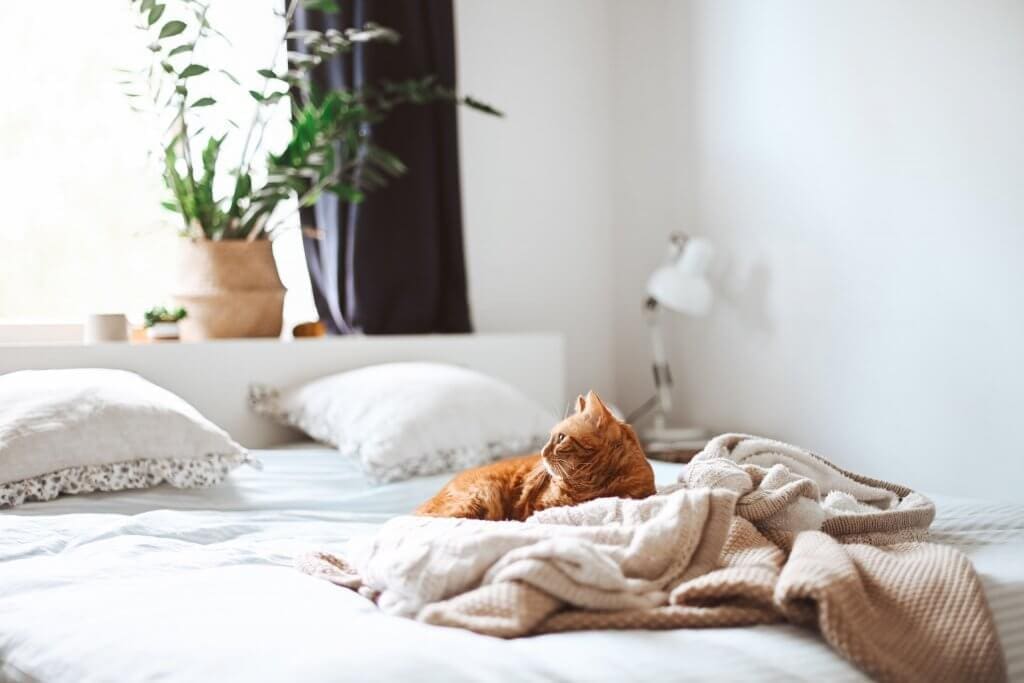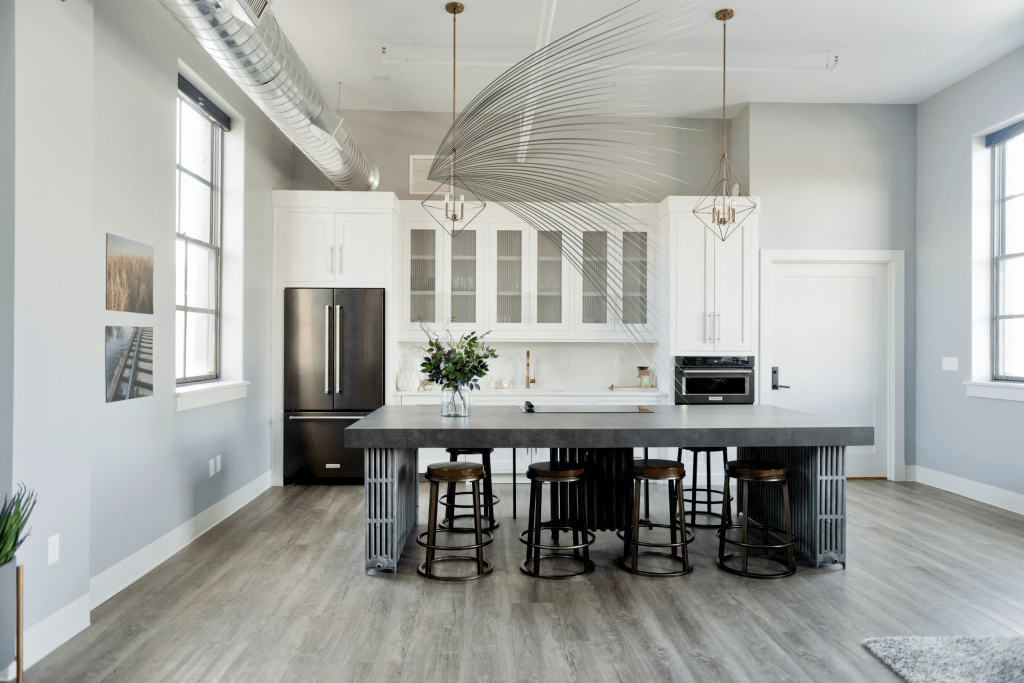As the world becomes increasingly warmer and more polluted, the air does too. According to the World Health Organization (WHO), air pollution kills over 4 million people worldwide every year. What’s worse–nine out of 10 people in the world breathe polluted air.
Even indoor air isn’t safe from pollution. You will need a proper home purification system to weed out the pollution before you inhale it. This article discusses the different air filter systems and what they can do for you.
Different Types of Air Purification Systems for Your Home
An air filtration system minimizes air pollution in your home by filtering air contaminants and pollutants. Some systems are very effective in that they can also sieve virus particles from the air. Installing an air filtration system in your home will greatly improve the air’s breathability and help lessen conditions caused by allergens and contaminants.
If you’re going to buy an air filter to purify indoor air, you might as well get a whole-house air purification system. Here are four types.
Electronic Filters
These high-tech units are incorporated into your home’s ducts. As air passes through them, they emit a high-voltage electric current. It creates an electrical charge on the particles in the air. On the other side of the unit, collector plates attract the charged particles, preventing pollutants from flowing out with the air.
Electronic filters are the most advanced among all the purifiers. They capture even the smallest of particles using electricity. They also don’t need to be replaced as often. The collector plates only require a deep clean every few months.
However, they do cost more and consume significantly more energy than other filters. A Honeywell 16” x 25” electrostatic filter costs around $653, exclusive of installation and maintenance fees.
Flat Filters
What’s great about forced-air furnaces is that they likely already have an air filter in the form of a fiberglass filter. This saves you money because you don’t have to buy anything. However, you need to clean the filter regularly. When it becomes clogged with dust (which it will, at some point), your furnace may stop working because it receives low amounts of air.
Another problem with fiberglass filters is that they’re not efficient at blocking microscopic particles that irritate the lungs the most. You can upgrade fiberglass filters to pleated ones. These have much finer material that does a better job of filtering out small particles. They’re also electrostatically charged, so they’re efficient at capturing hair and pet dander. Pleated filters, however, aren’t washable. You need to replace them every few months.
Ultraviolet Filters
UV filters are specifically designed to kill viruses and bacteria as air passes through them. These are built-in components that can be used with your electronic filter. This addition costs at least $400.
Extended Media Filters
Media filters look like a stack of flat and pleated filters. They’re around eight inches thick and contain a variety of filtration fibers. The fibers make them more efficient at catching small particles than fiberglass material.
One of the downsides of extended media filters is that it needs to be professionally installed, like UV and electronic filters. Installation prices start roughly around $400. You also have to replace the filters bi-annually. They cost around $50 each.
The Dangers of Indoor Air Pollution
The health effects of air pollution can range from mild, short-term symptoms to serious, long-term conditions. Pollution isn’t exclusive to the smoke generated by cars and factories outside. Using basic household cleaning items and simply cooking food even degrade your home’s indoor air quality. These activities release small particles into the air, which then easily make their way into our lungs and bloodstream.
These particles are linked to a variety of health issues, including the following:
- Lung and throat irritation
- Runny nose
- Shortness of breath
- Chronic bronchitis
- Reduced lung capacity
- Increased mortality risk from lung cancer or heart disease
What Are Fine Particles?
Fine particles are droplets and particles that are less than 10 micrometers in diameter. Some consider particles to be “fine” if they’re 2.5 microns or less in size. That’s 30 times smaller than a piece of human hair! These come from sources such as outdoor exhaust from cars and trucks. Fine particles also come from burning fuels like coal, wood and oil. Such particles can be generated by chemical reactions in power plants, as well.
There’s no escaping particulate matter, either; they could come from indoor activities like cooking, smoking, and burning candles. If you can’t avoid air pollution, the best thing you can do is minimize it using a high-quality air filtering system for your home. Make sure you keep your home well-ventilated when engaging in activities that release fine particles into the air.
Air pollution should never be taken lightly. Prolonged exposure to tiny particles in the air can cause serious problems for your heart and lungs. The best way to address air pollution indoors is to install a whole-home air filtration system. Select one that fits your needs and budget, and you’ll rest easy knowing that you’re breathing fresh, clean air at home.
Get a Comprehensive Air Purifier
If you’re looking for a whole-home air purifier, IAQ.Works is your best source. Our flagship unit offers an advanced air purification system that’s installed directly into your HVAC system, providing clean air to every corner of your house. It filters everything from large dust to microscopic volatile organic compounds. Find out more about our special offers for your home available to you right now!





